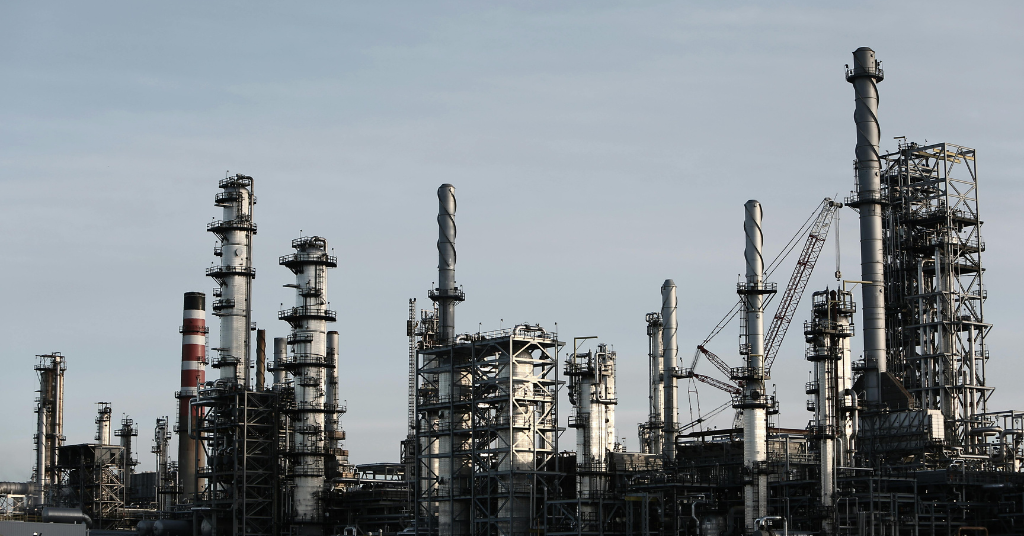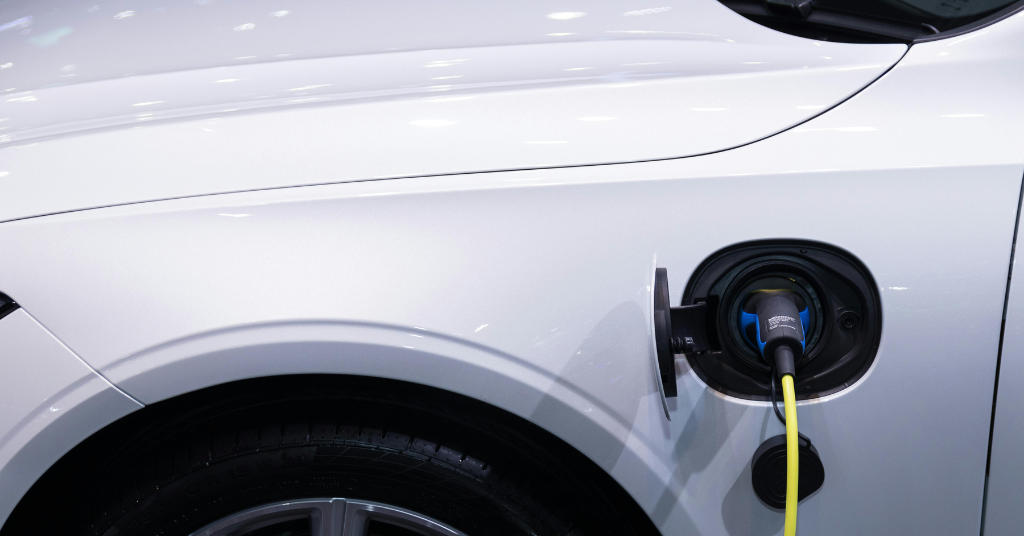Our oceans and seas play a vital role in the EU’s security, economic development, and prosperity. The revised Maritime Security Strategy will contribute to promoting rules-based maritime governance and protecting Europe’s citizens, values, and interests.
What is maritime security?
Maritime security covers a wide range of areas, including:
- safety and security, including cyber security
- critical infrastructure
- environmental protection
- fisheries
- trade and shipping
- energy
- transport
- tourism
After ten years of negotiations, UN member states have reached a historic agreement to protect 30% of the high seas by 2030.
The agreement was reached on Saturday evening after 38 hours of negotiations at UN headquarters in New York. Negotiations had dragged on for years over disagreements on funding and fishing rights.
EU action on marine protection:
Under the revised strategy, the EU will hold an annual maritime security exercise involving Member States’ naval vessels and coastguards to enhance preparedness, promote interoperability, and help tackle the evolving threats to maritime security.
In 2021, the EU introduced the new concept of Coordination of Maritime Presence (CMP), an instrument designed to boost the EU’s collective role in maritime defense by helping Member States make the most effective use of their naval assets in areas of strategic importance to the EU. The concept is currently applied by the EU in the Gulf of Guinea and the Northwest Indian Ocean.
Resources and references:
https://nepszava.hu/3186963_2030-ig-a-fold-tengereinek-30-szazalekat-vedett-ovezette-kell-alakitani
https://www.consilium.europa.eu/hu/policies/maritime-security




